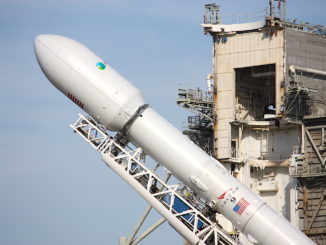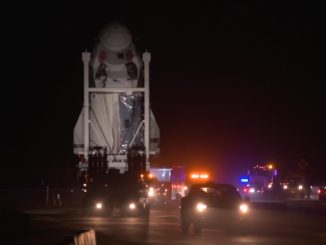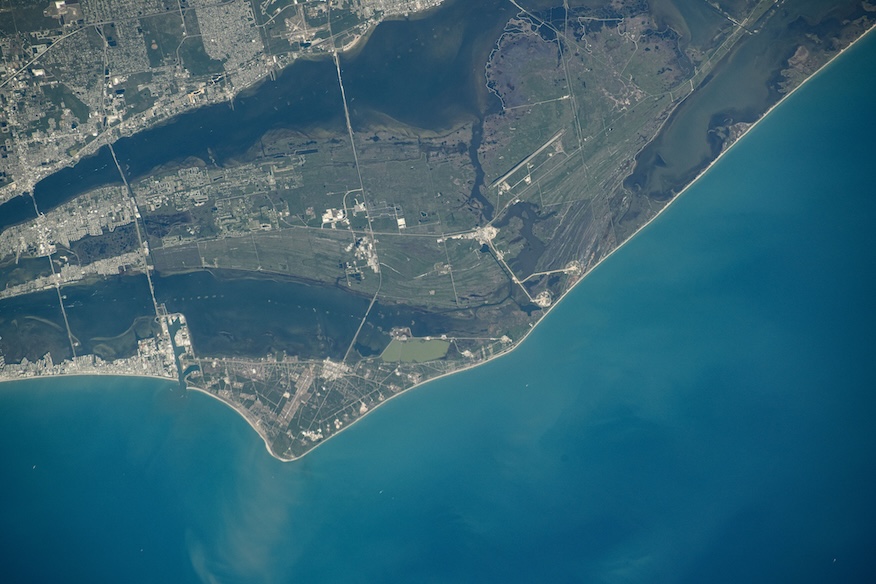
Anyone who spends even a short number of days near Florida’s Space Coast can tell that the rate of launches is ramping up dramatically year over year.
As of 10 a.m. EDT Wednesday morning, there were 45 completed orbital launches between NASA’s Kennedy Space Center and Cape Canaveral Space Force Station. Rob Long, the president and CEO of Space Florida, said there are about 85 launches remaining on the manifest this year, which would bring the total to 130, if all come to pass.
For comparison, there were a total of 93 orbital launches from Florida in 2024 and 72 in 2023.
To account for an increase in not only launch activity, but other space-related ventures as well, like payload processing and spacecraft reentry, Space Florida is working with stakeholders to develop a multi-year development strategy, known as the Cape Canaveral Spaceport Master Plan.
A ramp up of work on the plan will begin this summer. During a Space Florida board meeting on Wednesday, Long said they are aiming for a mid- to late-June release of the solicitation for a consulting firm. That will be followed in four to six months by the completion of phase one, which he described as the “model development phase,” and then another four to six months “for outlining all the steps and requirements to move to something else, once we get buy in from everybody.”
“What we’ve started to hear from industry and others is we’re going to start to tap out at some point here in the future,” Long said during a post-meeting press conference. “Now, we’re not at capacity or anything like that right now, but you know, being good stewards of the jewel that is the Cape Canaveral spaceport, we want to continue to work with our federal partners to, number one, ensure that they can do their mission from a national security and human exploration perspective, but more importantly, make sure that we’re here to support industry and they are able to fully take advantage of whatever plans they have for the future.”
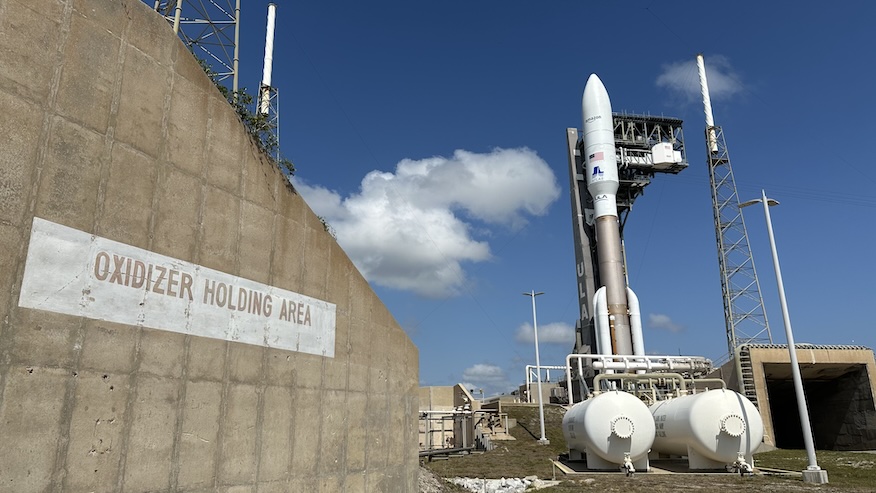
Long said a new master plan will allow for growth considerations on a multi-decade-long scale. Part of that involves looking at high volume use commodities, like liquid oxygen, liquid hydrogen and liquid helium.
He said at this point, it’s difficult to speculate on how usage will impact costs to any particular company operating at the spaceport, but said that those decisions will be data driven.
“Those types of considerations are going to be included in the overall analysis,” Long said. “If there needs to be, for example, a different business model or a change in the business model that allows for each company to provision services that are necessary for whatever their needs are.
“We want to make sure we’re taking that into account and putting that into the analysis to determine not only what infrastructure is required, but also what type of governance or business model might be needed to support the wide-range of companies that we want to see here at Cape Canaveral.”
The last master plan is nearly a decade old, having been issued in January 2017. That plan featured what it called Vision 2025, which suggested the need for “Space Commerce Zones with an operating environment tailored to commercial activities.”
In the updated master plan, one of the key goals is establish a growth model that considers a “unified spaceport” with less fragmentation between KSC and CCSFS. In his remarks during the May 28 board meeting, Todd Romberger, the senior vice president of the Spaceports Business Unit, said having these two federal entities operating so independently “is not optimized for the future.”
He said that this is problematic because a separation not only results in “sub-optimized land use planning and duplication of capabilities,” but it also prevents both sides from having the ability to “invest in common-use infrastructure across the spaceport, which falls outside of their specific mission areas.”
“Nor can the federal government leverage third-party capital markets to invest in the needed infrastructure, as seen at commercial airports and seaports worldwide,” Romberger said. “Today’s model has led to an estimated $2-3 billion in unfunded infrastructure needs over the next 10 years alone.
“We think it’s time we ask ourselves as a nation, what is the optimal model to carry the world’s most active and capable spaceport into the future and enable America to continue to lead in space.”
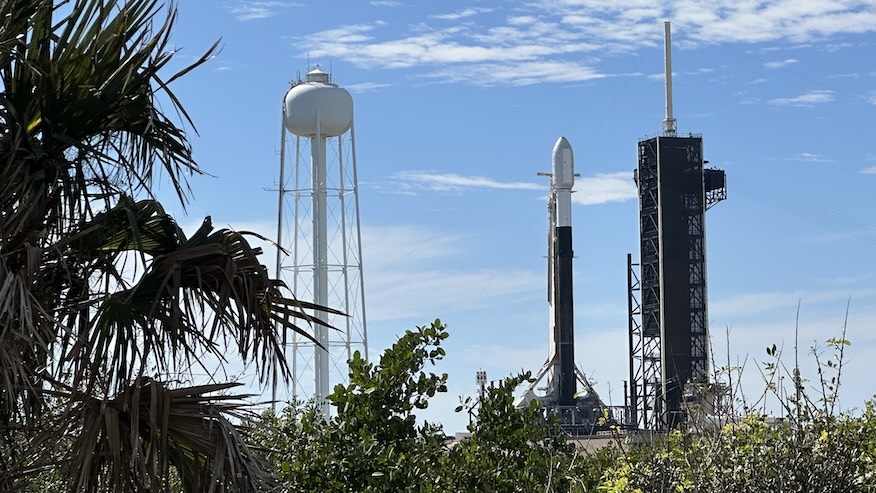
Eventually, there will be a statewide master plan, but Romberger said that would come after “the initial deliverables” from the Cape plan.
“The Cape is the central part of the statewide system. So we kind of want to have that nailed down before we go into the statewide plan,” Romberger said. “The intention is to procure the consultant support that will support both efforts under one solicitation, so that it will streamline the move from the Cape Canaveral master plan into the statewide system plan.
“So I would say, broadly speaking, likely we’ll be into the system plan into the early part of next calendar year.”
Growing space in Florida
Space Florida is a state-run entity that formed in 2006 to create financing options and manage infrastructure to attract space-related businesses to the Sunshine State. The entity currently has 18 active projects representing about $226 million investment.
Romberger said that since 2012, Space Florida oversaw the completion of 31 projects that carried $250 million of taxpayer-funded investment.
“The investment is leveraged up by over $3.8 billion in private industry investment into the spaceport system. We’re not at 88 percent to 12 percent leverage of private dollars to state dollars,” Romberger said. “That’s just a huge competitive advantage for the state and also, not to mention the 5,000 jobs that we track that were committed as part of projects under this program.”
Some examples of ongoing projects include the establishment of Blue Origin’s manufacturing campus adjacent to the Kennedy Space Center Visitor Complex and Amazon’s satellite processing facility at Space Florida’s Launch and Landing Facility (formerly the Shuttle Landing Facility).

Two noteworthy developments in the early stages include Project BEEP and Project Mercury, which are code names designed to reference the work without identifying the players.
The Space Florida board approved entering into a sublease agreement Project BEEP to develop the final two parcels of Exploration Park Phase 1, which accounts for about 25 acres of land.
“The company plans to invest around $250 million and they’ve told us that they’re looking at about 1,000 jobs that would go along with that over the entire build process,” Long said. “They are still looking at what the actual structures of all that will be to help best support their future plans. So we will continue to work through that with them over the next several months or however long that overall takes.”
Project Mercury is still in its early stages of development, but is seeking a $25 million state investment for “manufacturing equipment and tenant improvements” as part of its work in manufacturing and deploying a satellite constellation “to provide space-based cellular broadband service globally.”
The company is looking for facility space to “expand and accelerate its satellite manufacturing.”
“They haven’t narrowed down a site yet, which is a good time for us to talk to them and understand their requirements and then narrow in on — I would expect it to be on spaceport territory, somewhere in the state, just because of the additional benefits that come from being on that kind of that aerospace hub,” Long said.

